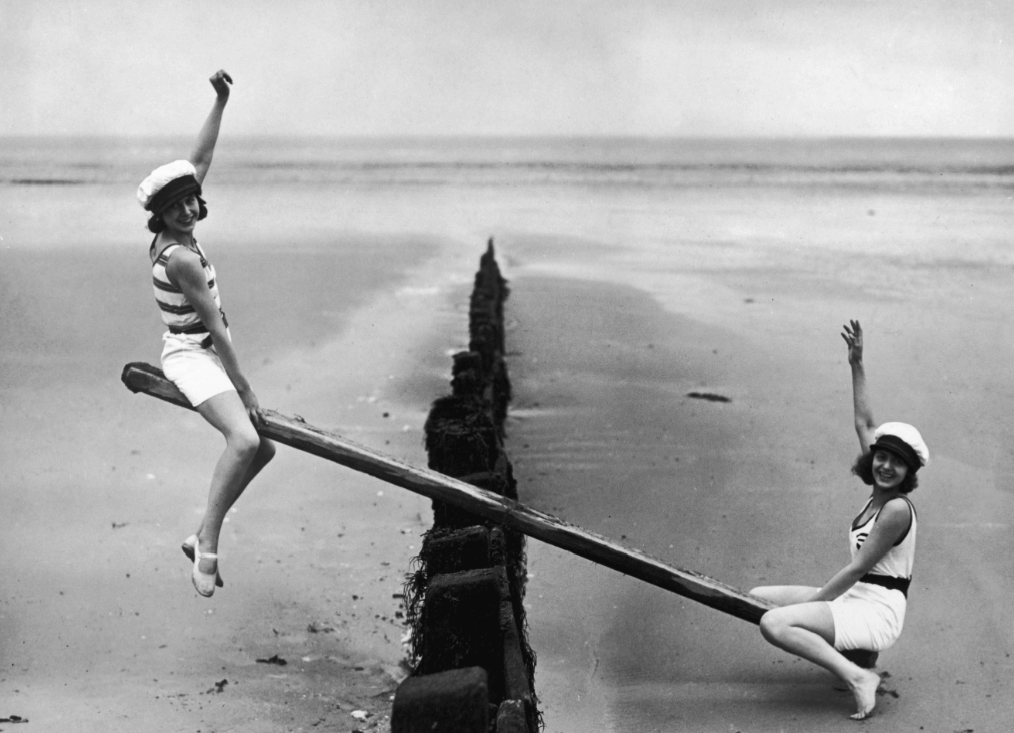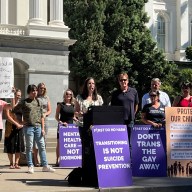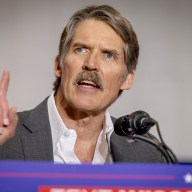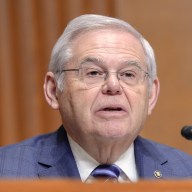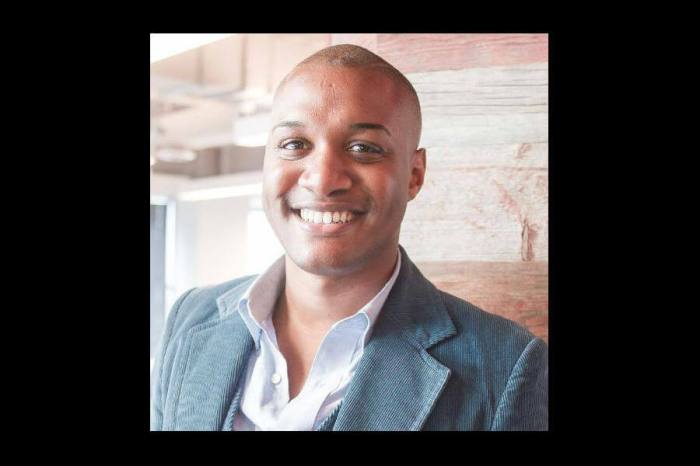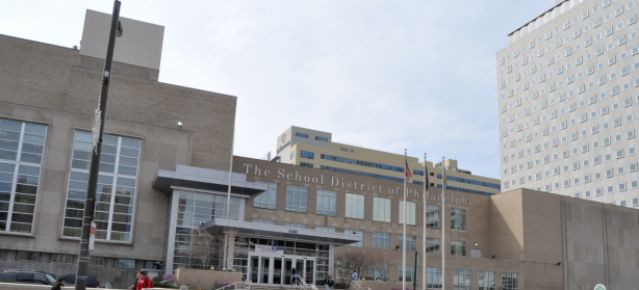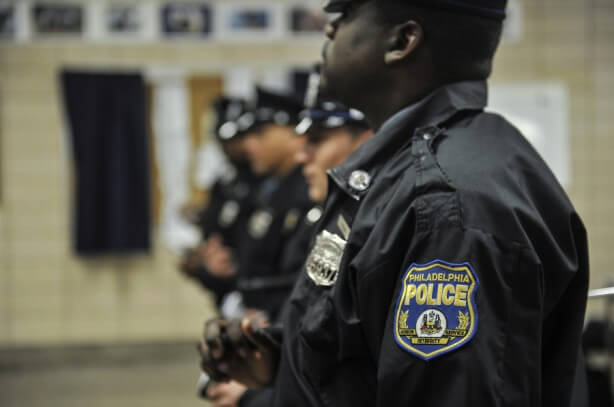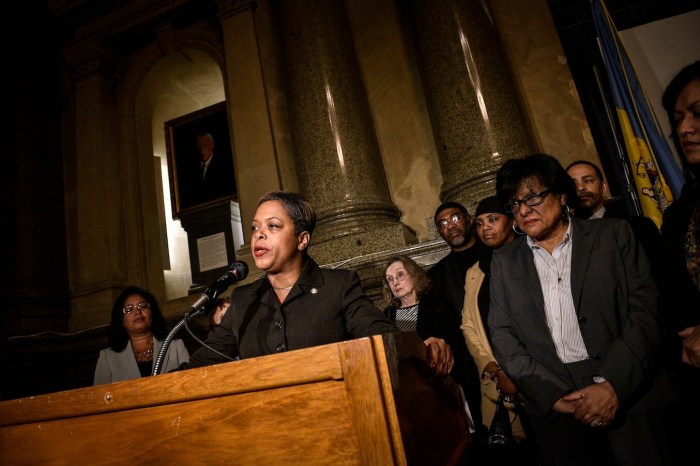There were moments when I thought America was finally overcoming many of its hurdles when it came to race, gender, and socioeconomics —but then I came down from Cloud 9 after each upset that shortly countered every victory. Marriage equality is finally the law of the land thanks to the Supreme Court’s ruling over the summer. For the first time, thousands of LGBTQ couples can consider participating in a civil right that many others often take for granted. Related: Metro columnist up for journalism award My friend Jim Obergefell finally helped take down an institutional barrier that had been challenged for decades with no avail. All of this was momentous, but it left me pondering about the danger of employment discrimination that still lingers. Thirty-one states still don’t fully provide non-discrimination protection for LGBTQ employees. In other words, same-sex couples can now get married…but still lose their jobs if they disclose such information while at work. Transgender visibility reached new heights with the rise of celebrity awareness and fandom of Caitlyn Jenner. Our country now started to get serious about including transpeople in our water cooler dialogue and such progress expanded with the Presidential appointment of Amanda Simpson, popularity of trans-characters on TV shows such as Transparent, and the rise in gender-neutral public bathrooms. However, 2015 also saw the horrific rise in the murder of transwomen. According to GLADD, over 22 transwomen have been reportedly murdered across the country — a disproportionate amount were victims of color. Intersectionality became the new term incorporated in much of the dialogue helping to understand the nuance between race/culture in trans-related issues. It’s become very clear that the social privilege very wealthy transwomen such as Caitlyn Jenner benefits from isn’t the same for those who are non-famous transpeople of color. Similar transphobic hate crimes committed this year further proved that we still have a lot more to do when it comes to protecting and accepting all transpeople.
Race relations in America weren’t any different. #BlackLivesMatter became a national movement that increased in visibility and awareness, but also saw its share of internal and external conflicts. #SayHerName came as a way to counter narratives that only focused on the tragic deaths of black men but not that of the women who were also slain to police brutality. Such issues with gender and race also came to blows with the controversy of Rachel Dolezal —the black culture appropriating NAACP chapter president. Her proclaiming a black identity, even though she was born white, led to intense discussions on what identity means for our generation. It’s no wonder why 2015’s Dictionary.com word of year was “identity” – for it seemed as though everyone this year was trying to find one. The GOP could use some help with the climbing notoriety of their front-runner presidential nominee Donald Trump. On principle, the Dems aren’t any better off while choosing between moderate liberalism in Hillary Clinton or possible rebellious socialism in Bernie Sanders. Either way, 2015 was a hot mess of a year for social progress—hopefully 2016 gets its act together, or else.
2015 was a seesaw year for social change
